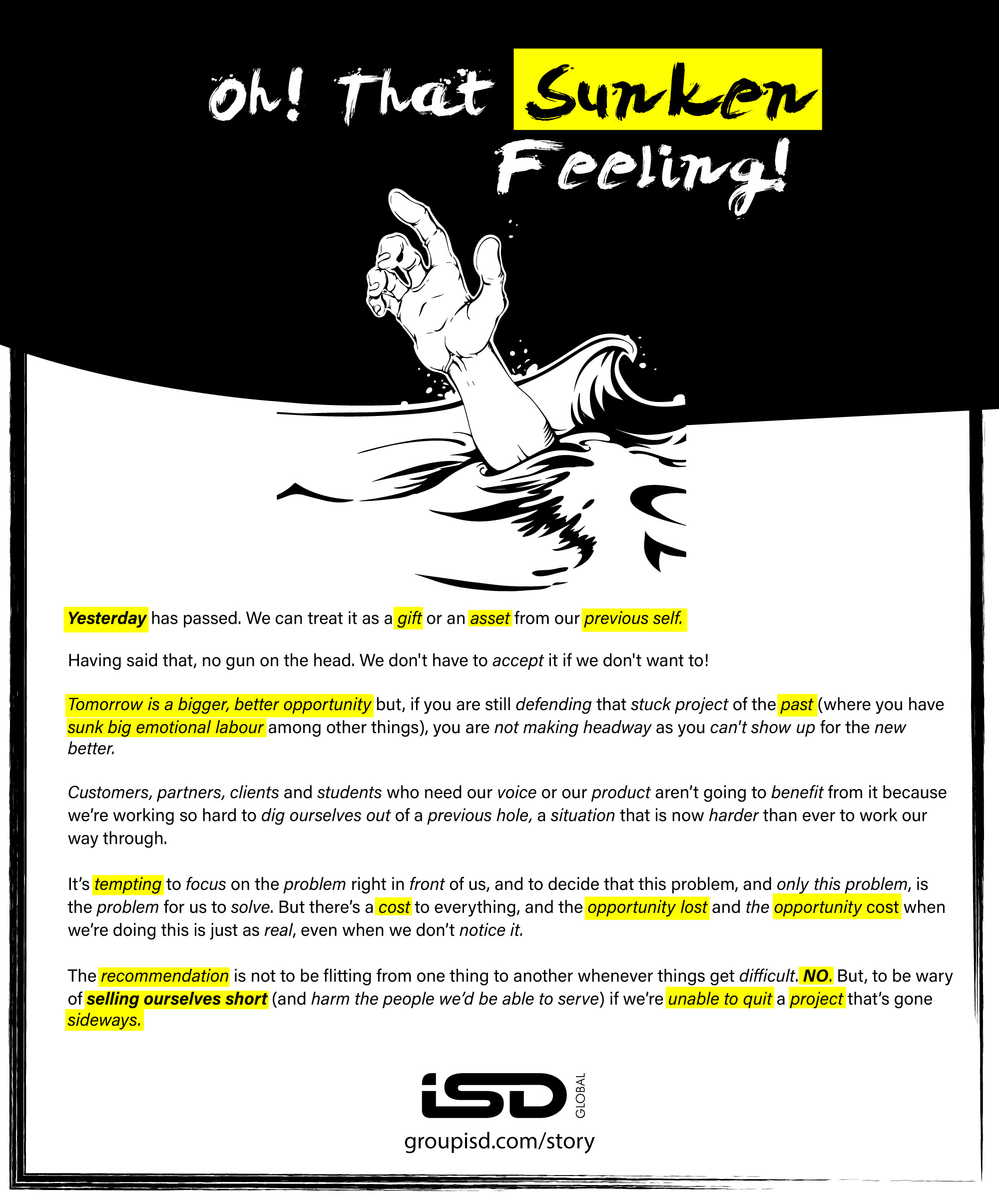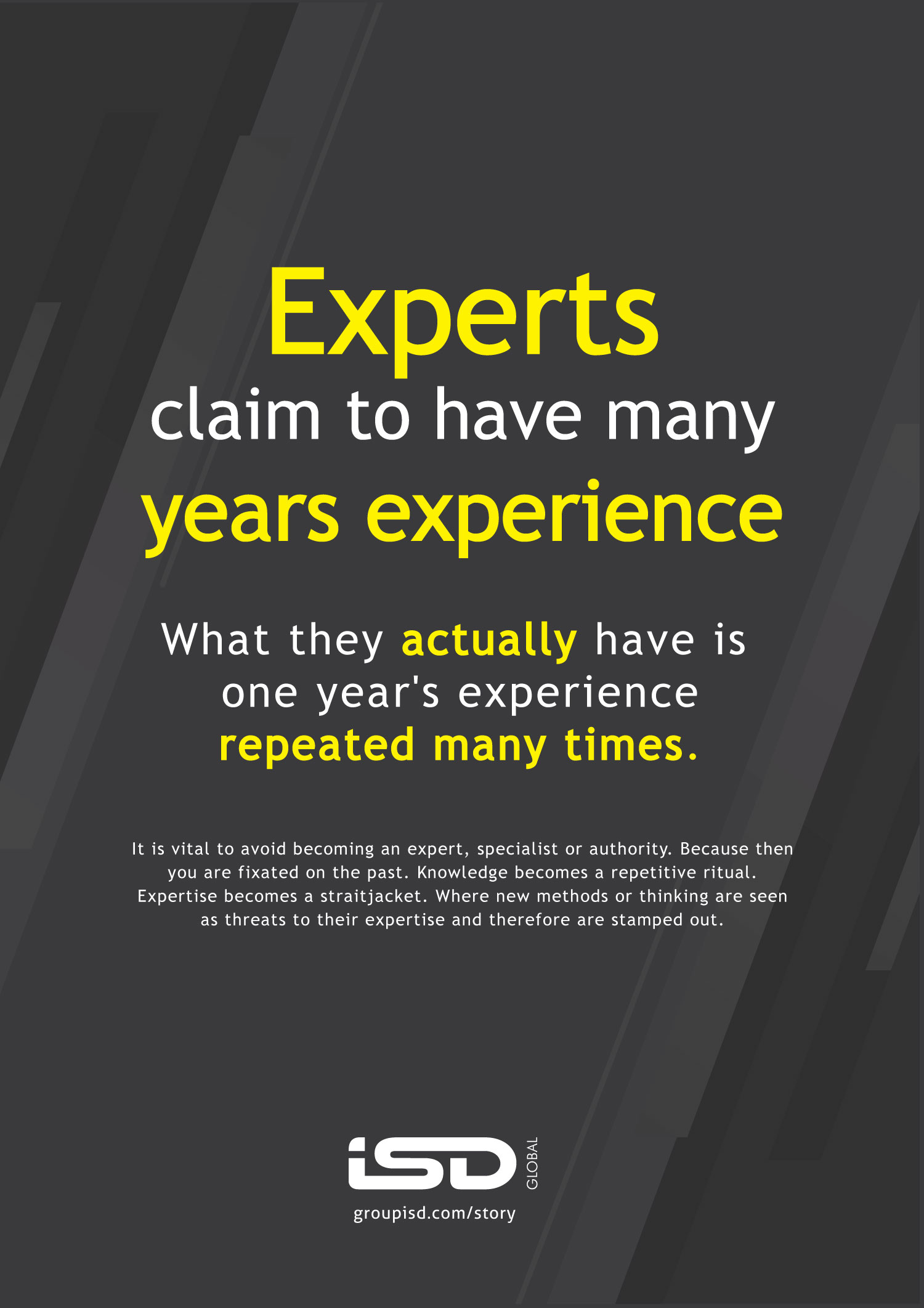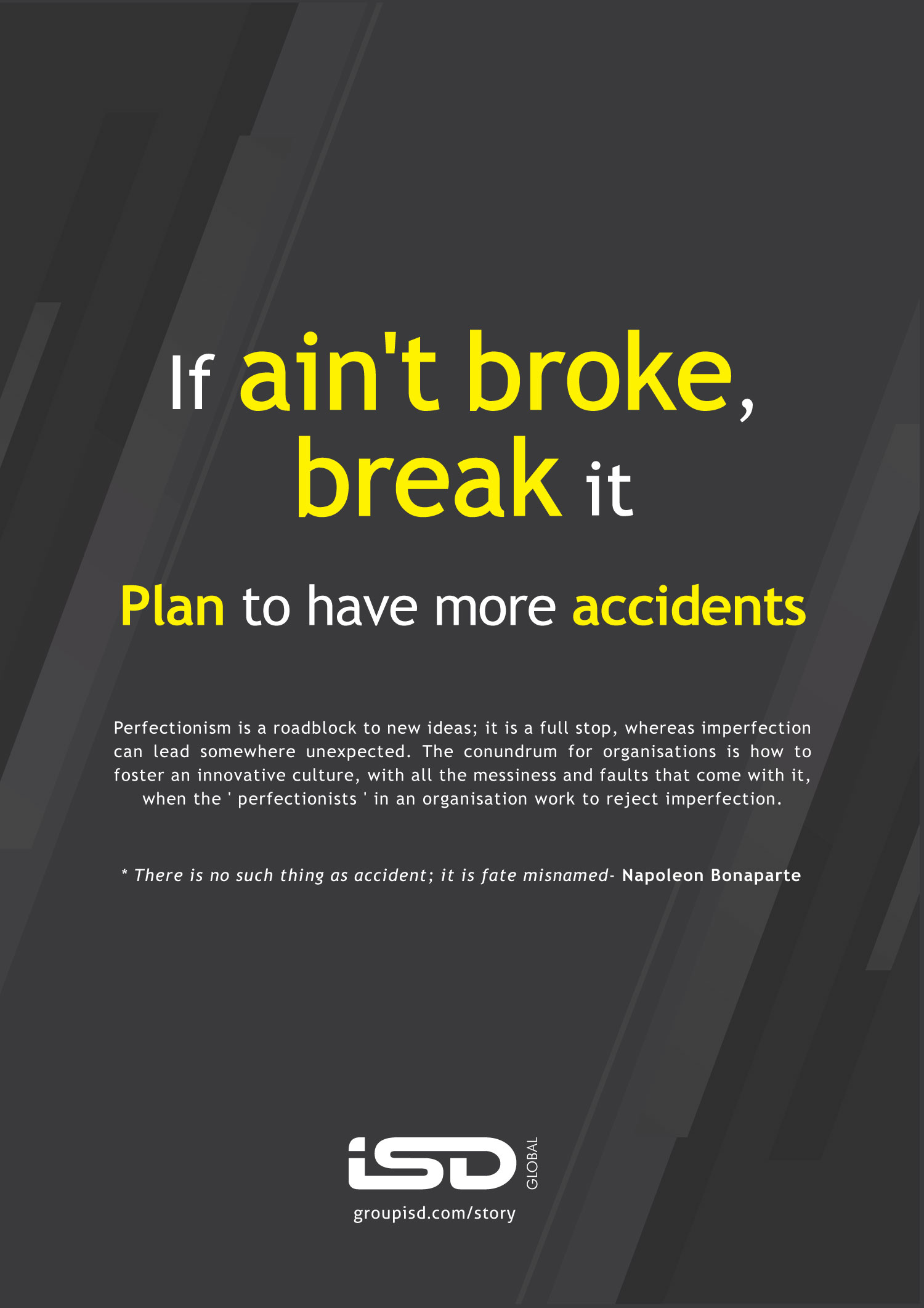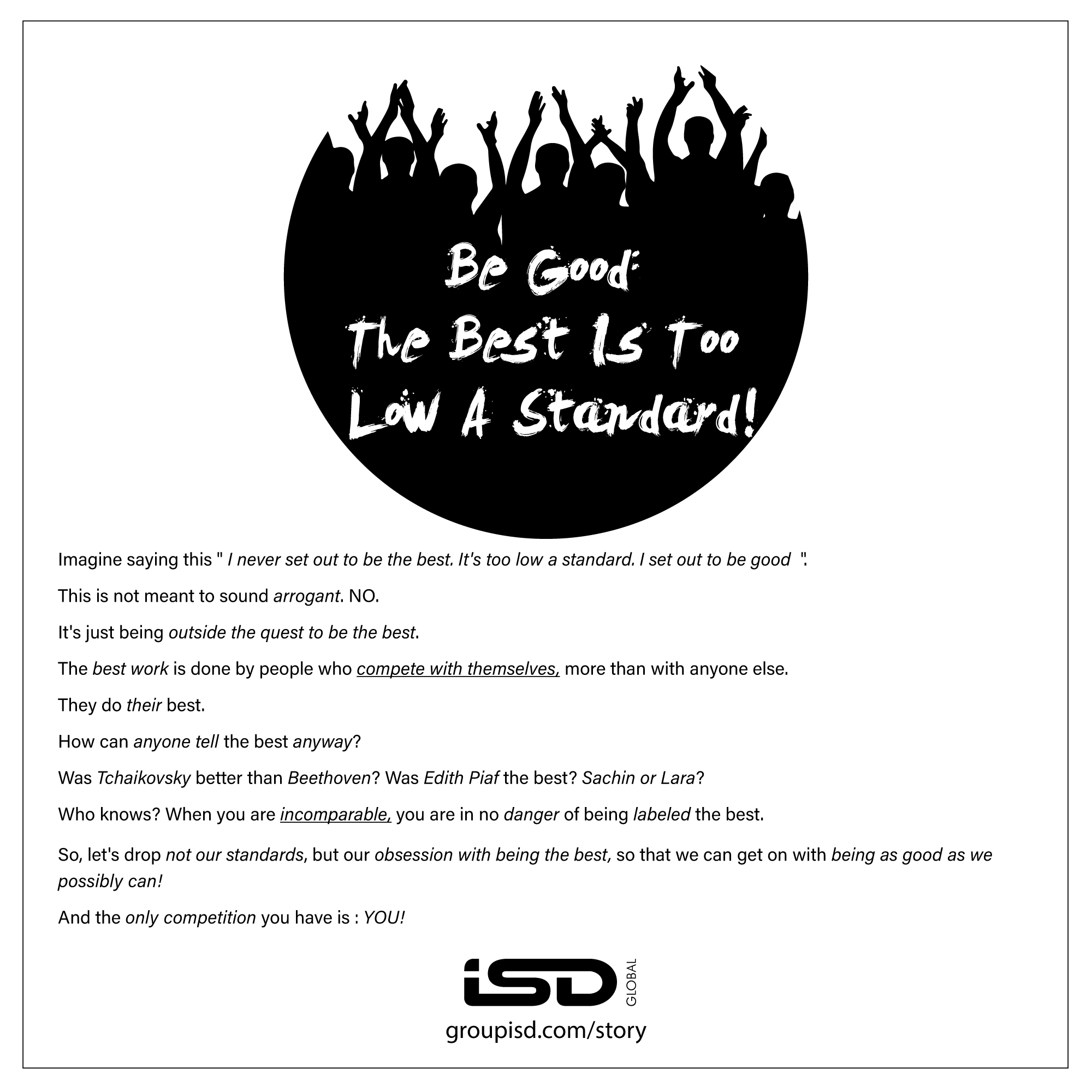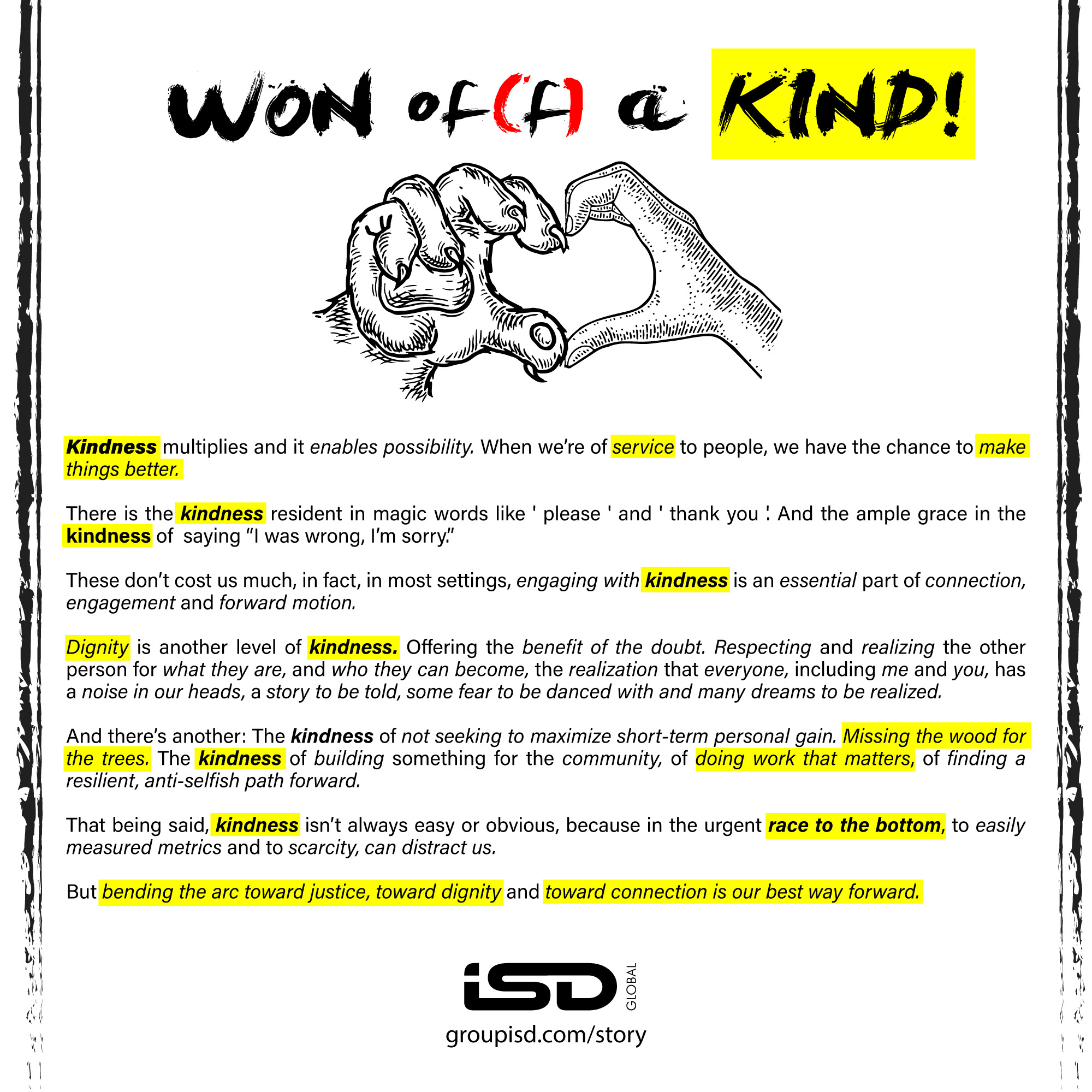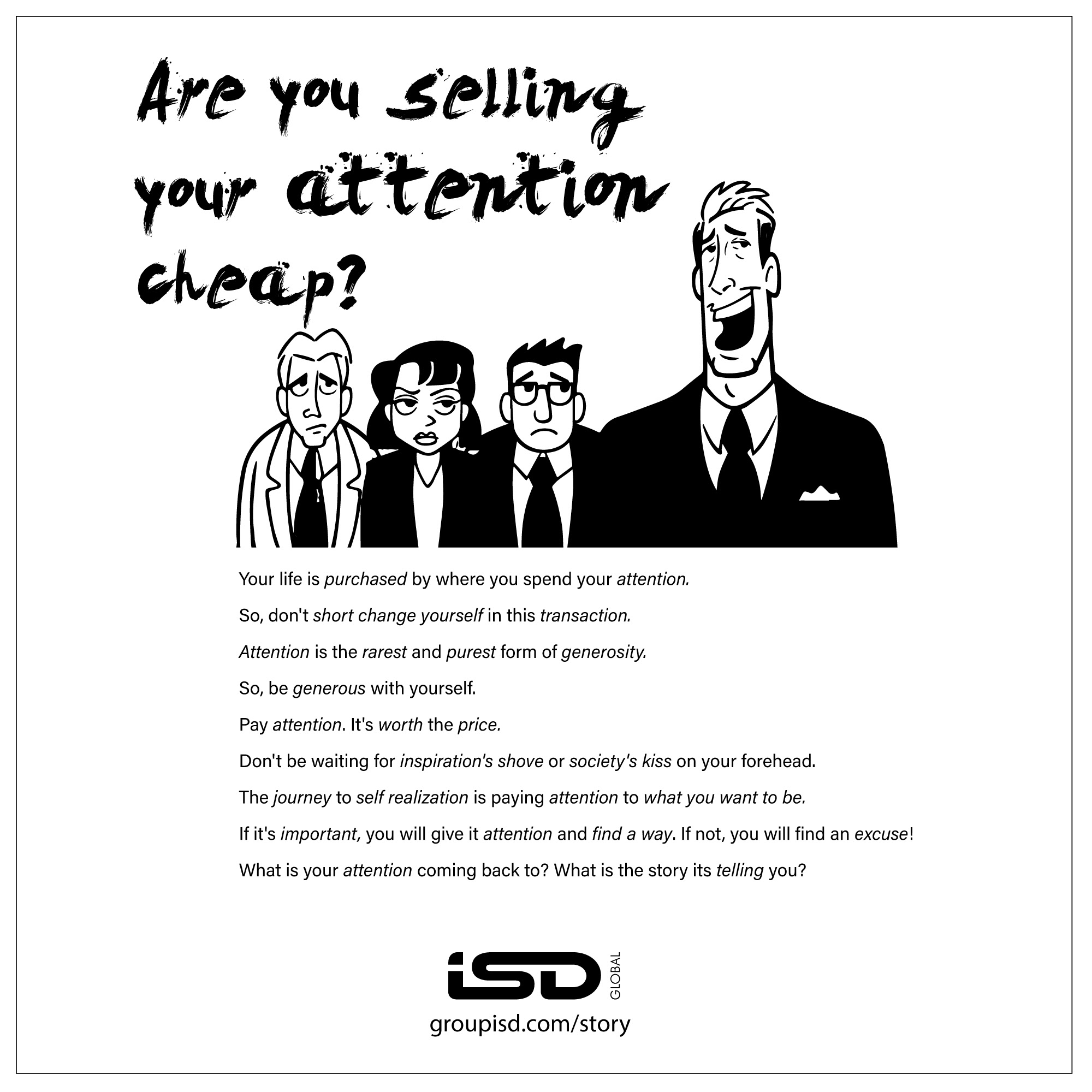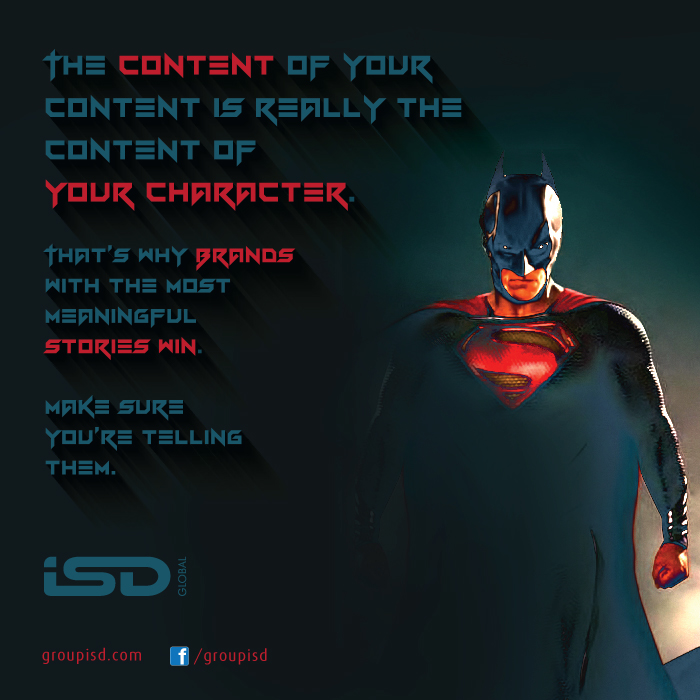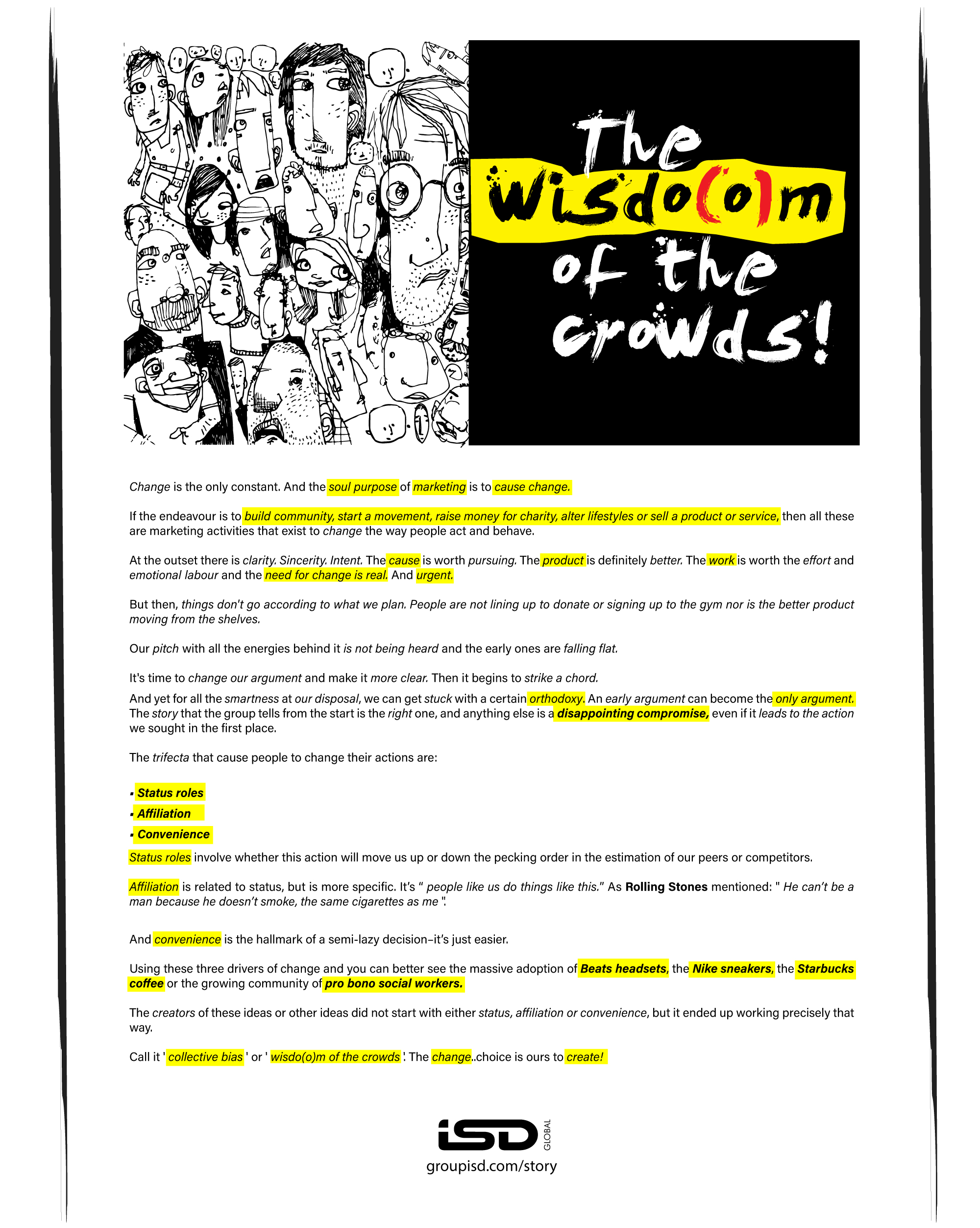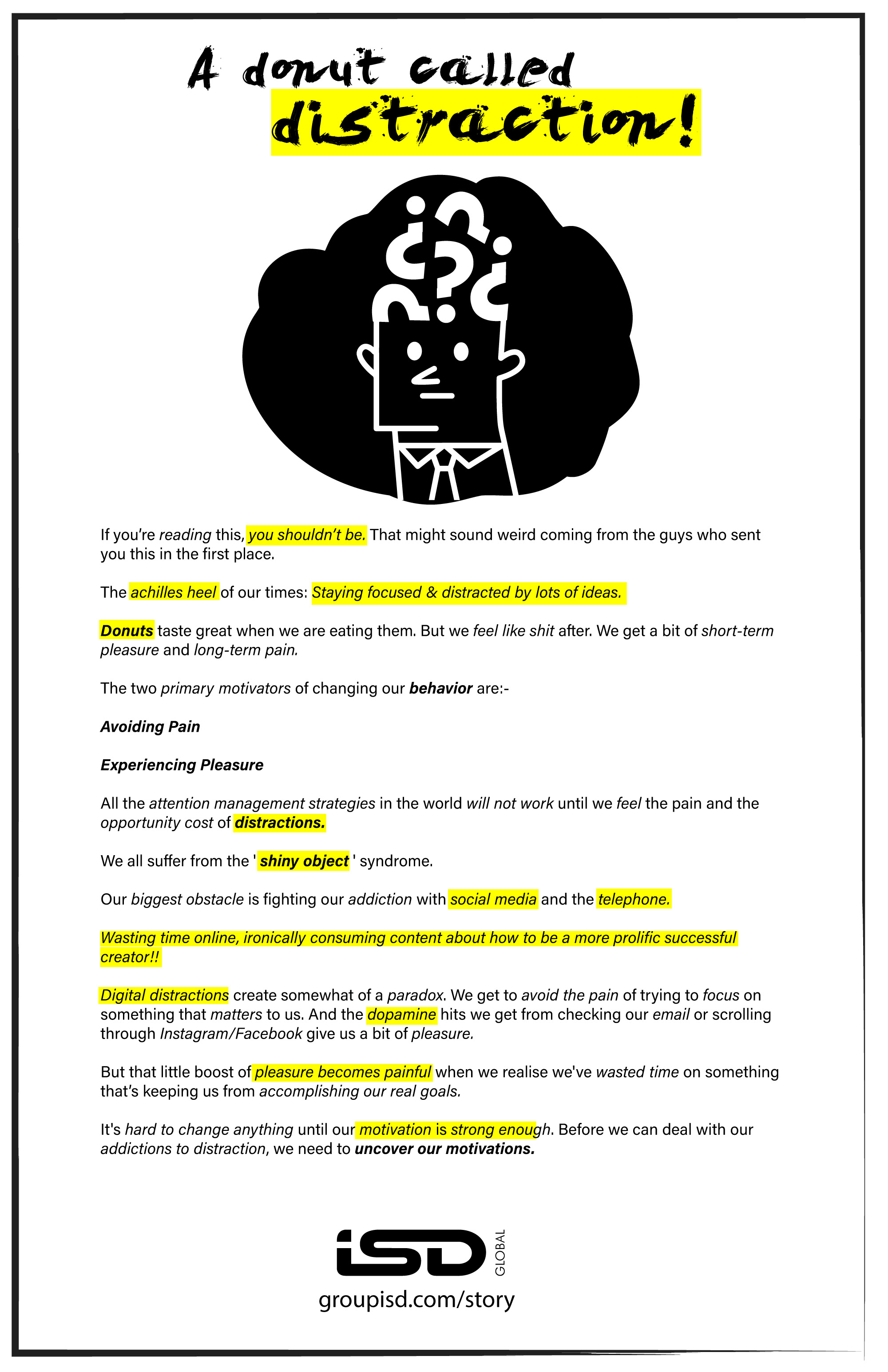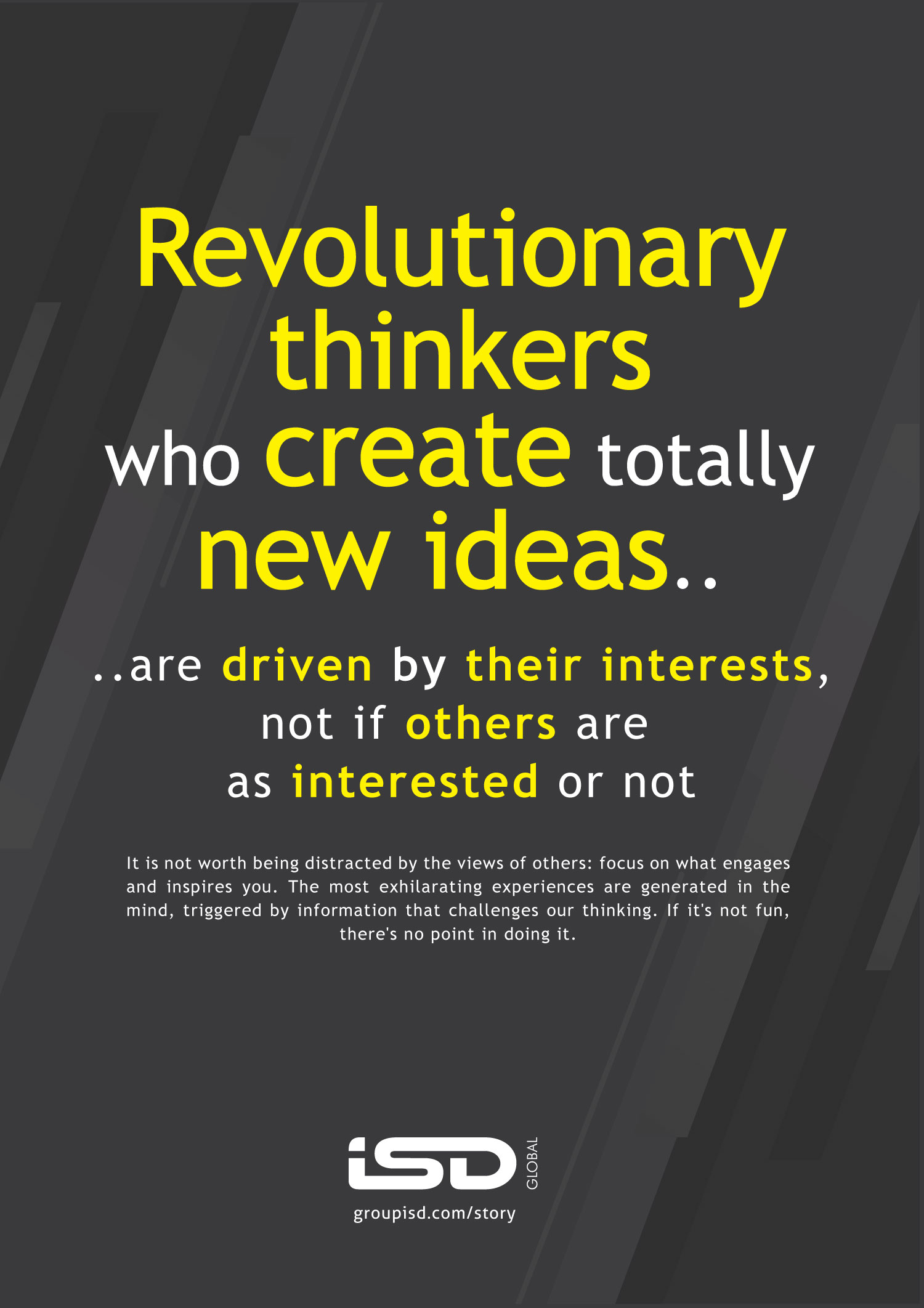I am still to come to terms with the fact that why does a batsman who is out for a first ball duck (that too clean bowled) has to look at the scorecard 18 times before he traverses the 70 0dd metres( oops make it 50 in these days of ‘diet cricket grounds‘) back to the pavilion. Is he hoping for some miraculous divine intervention where the scorecard will reflect 42 against his name and retired hurt as a suffix?
Or the on field umpire’s geometry skills being put to the test when signaling to the third umpire for a decision. Unsure whether the TV set is a rectangle or a square, he leaves it halfway through, leaving it for someone else to figure out the last mile.
And then there is this Mr Noddy( sorry Enid Blyton)- the batsman who keeps nodding his head( putting our Malayalee friend from Kottayam to shame) on getting out literally virtue signaling and telling ” how can this happen to me- I have been growing in leaps and bounds averaging 15.76, 16.24 and 17.12 respectively in the last three English County Championships with an average strike rate of 67.6.
And while we all love the game for its glorious uncertainties, let’s call cricket what it really is – legalized public insanity with statistics.
Cricket is a funny game. No, seriously. It’s a cocktail of Shakespearean drama, WWE-style theatrics, Bollywood-level melodrama, and a splash of reality TV absurdity. It’s got everything—grown men appealing like desperate salesmen, umpires who sometimes seem to be auditioning for mime school, and commentators who can make even a dot ball sound like an intergalactic event( apart from telling us incessantly that during Power Play only two fielders are allowed outside the 30 yard circle- any more of such verbal diarrhea and he should be taken to task for insider trading).
It’s the only sport where players religiously polish their balls in full view of families while commentators discuss the technique with scholarly reverence. “Excellent shine on that one, Geoffrey!” Yes, we’ve normalized grown men vigorously rubbing their crotches on live television.
Cricket remains the beautiful lunatic of sports – a game where rain stops play but standing in 47-degree Delhi heat is perfectly acceptable. Where the English invented it but haven’t won a proper World Cup until they needed a boundary countback rule so byzantine it was immediately abolished. Where Shane Warne could be simultaneously a tactical genius and someone who thought baked beans were an exotic food. It’s a game where Inzamam-ul-Haq got out “hit wicket” trying to jump away from a wasp. Where Andrew Symonds tackled a naked streaker like he was playing NFL. Where Suraj Randiv deliberately bowled a no-ball to prevent Virender Sehwag reaching a century – the pettiness here is Olympic-level!
Cricket is the only game where a duck doesn’t quack, a maiden is not a damsel in distress, and a nightwatchman isn’t guarding a castle but rather your team’s fragile ego.
So the next time you watch 22 millionaires spending days chasing a leather orb around a field while wearing enough protective equipment to survive a nuclear winter, remember: this isn’t just a sport. It’s humanity’s most elaborate practical joke – and we’re all gloriously, ridiculously complicit.
All formats of the game come with their consistent set of absurdity. Here goes:
Test Cricket: Where Time Goes to Die (And So Does Your Social Life)
– A format so slow, even the pigeons on the field start judging the batters. “Just hit it, mate, my grandkids will be here by the time you score.” Try telling that to Andrew Hilditch!
– Bowlers sending down 145 km/h thunderbolts only for the batter to leave it like it’s a bad Tinder message. “Nah, not today, Satan.”
– The “spirit of cricket“debate, which is just code for “I’m mad but pretending to be classy about it.” (Looking at you, “Mankad” stans.)
– Fielders at silly point who either look like fearless warriors or hostages. No in-between.
-Test cricket – that magnificent five-day exercise in delayed gratification – is basically Stockholm Syndrome disguised as sport. We watch fielders standing motionless for so long they become part of the landscape. In what other professional sport could an athlete eat a sandwich, take a nap, finish a novel, and still be considered “actively participating”?
The real comedy is how we describe Test cricket’s tedium as “chess-like strategy” when it’s really just 22 men in white pajamas engaged in elaborate performance art. England once scored 33 runs in an entire session. That’s not sport – that’s horticultural observation with occasional applause!
One-Day Internationals: The ‘Diet Coke’ of Cricket
-One-day cricket arrived like the unwanted middle child – too flashy for traditionalists, too boring for the YouTube generation. Remember when 250 was a good score? Now bowlers look like they’ve witnessed their own funeral when conceding less than 300. It’s the cricket equivalent of cargo shorts – nobody loves it, but it’s stubbornly refusing to go away.
– The middle overs, where the only excitement is the cameraman zooming in on a spectator picking their nose.
– Batters who turn into tortoises after power plays. “Oh, we’re at 100 in 15 overs? Time to gently caress the ball to midwicket for the next 20.”
– Bowlers getting absolutely obliterated for six sixes in an over, then pretending it was part of the plan. “Yeah, I was just lulling them into a false sense of security.”
T20(Because Test cricket was too busy ironing its whites): Cricket on Crack
– T20 crashed the party – cricket’s cocaine-fueled fever dream where everything is LOUDER, FASTER, and ACCOMPANIED BY FLAMES! Suddenly batsmen swing like they’re trying to kill mosquitoes with sledgehammers. Chris Gayle became a deity for essentially playing baseball with a plank. Bowlers now need therapists on standby as their carefully crafted deliveries disappear into orbit, while captains make field placements that resemble elaborate modern art installations.
– Batters swinging like they’re in a nightclub at 3 AM and the ball is their ex’s text.
– Bowlers getting smacked for 30 in an over and still giving the “I’m the main character”stare.
– Fielders attempting “superman dives” and ending up as meme material. “Congratulations, you saved one run… at the cost of your dignity.”
– Strategic timeouts where the coach says “Just hit the ball, bro ” like it’s profound wisdom.
No game would be complete without its set of on field and off field theatrics:-
On-Field Drama:
– Players appealing like they’ve just seen a ghost when the ball clearly missed the bat by a mile. Umpires giving the “I’m not paid enough for this”look in return.
– The “elite honesty” of walking off before the umpire’s decision—rare, but when it happens, the cricketing world acts like they’ve witnessed a unicorn tap-dancing.
– Fielders “accidentally” kicking the ball over the boundary (oops, my foot slipped!) or “celebrating” a wicket before realizing the bowler overstepped by a kilometer.
Off-Field Circus:
– Crowds losing their minds over a six like it’s the second coming, while the guy in the stands with a giant foam finger somehow becomes the TV star. Not to mention the ‘highly knowledgable audience‘ who goes berserk clapping and screaming only to realise that the batsman who has got out is from the team she has supposedly come to support.
– Social media experts who’ve never held a bat diagnosing a player’s technique based on a 10-second clip. “His backlift is 2.7 degrees off, he’s finished!” Social media has turned every match into digital gladiatorial combat. Remember when Ravi Shastri’s “TRACER BULLET” comment became a meme faster than Usain Bolt? Or when Jimmy Neesham‘s Twitter account became more entertaining than actual New Zealand matches?
– Broadcasters milking drama with ultra-HD slow-mos of a bowler’s nostril flare like it’s a National Geographic documentary. Yes, the same guys who have turned cricket into a soap opera with Ultra-slow-mo close-ups of sweat dripping off a bowler’s brow like it’s The Godfather. Television has transformed cricket into soft-core sports pornography. Ultra-HD slow-motion captures every bead of sweat, nostril flare, and wayward butt-scratch in magnificent detail. Stump mics have revealed that international cricketers have the vocabulary range of drunken sailors. Ball-tracking technology proves what fans have known forever – umpires need glasses.
-The Commentary gems: “He’s hit that into the next postcode!”(Wow, geography lesson!) and last but not the least the Mandatory cut to the “worried girlfriend in the stands”cam after a player gets out. “Yes, Karen, he failed. Now let’s watch you fail to pretend you care.”
– The IPL auction – cricket’s bizarre human cattle market where millionaires bid for humans while commentators discuss their “utility” like they’re buying kitchen appliances. “He’s a useful lower-order batsman with adequate fielding skills, starting bid 2 crore rupees!” Somewhere, Karl Marx is spinning in his grave.
-Remember when Shahid Afridi retired approximately 17 times, each comeback more dramatic than the last? Or when David Warner made TikTok videos dancing to Bollywood songs during COVID lockdown? Cricket creates more bizarre character arcs than Game of Thrones.
-One of the biggest Characters of Our Tragicomedy are without doubt the Umpires– those white or black-coated dictators –who have evolved from respected arbiters to reluctant technology operators. Poor Billy Bowden, with his crooked finger signals that made him look like he was simultaneously having a seizure and directing traffic. Then there’s the DRS – cricket’s way of saying “We have technology, but we’d still prefer arguments.” DRS (Decision Review System) –when the moment a player goes for a review, it’s like watching a contestant on Who Wants to Be a Millionaire—hands on hips, intense stare at the screen, hoping for the ‘UltraEdge’ to reveal some cosmic conspiracy in their favor. Remember when Steve Bucknor would take approximately 17 years to raise his finger while batsmen aged visibly? Or Kumar Dharmasena’s iconic 2019 World Cup final overthrow decision that had New Zealanders contemplating formal war with the ICC?
Cricket is the greatest unintentional comedy show on earth. It’s got everything—heroes, villains, tragic collapses, and at least one guy who somehow trips over his own feet on live TV. Whether it’s Test cricket’s “I’m not dead, I’m resting”energy or T20’s “hold my protein shake”chaos, the game never fails to remind us that life is meaningless and we’re all just here to overreact.
Cricket is a game where a batsman can get out because his shoelace was untied, a bowler can take a wicket with a ball that bounced twice, and a fielder can drop the easiest catch but take a blind screamer the very next ball.
It’s a sport where a third umpire takes 67 angles and five minutes to decide something we all saw in real-time. A game where fans fight over GOAT debates like they’re defending their family’s honor. And, most importantly, a game where rain can play a bigger role than the players.
Funny game, cricket. And that’s why we love it. Calling it stumps now!

